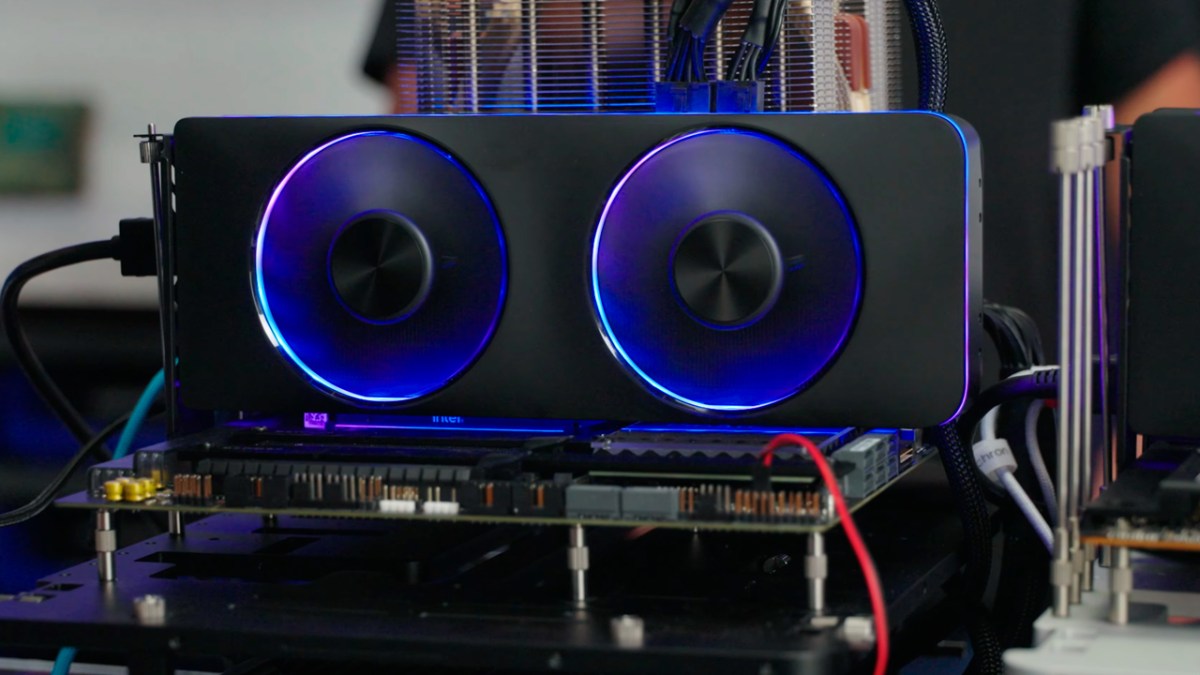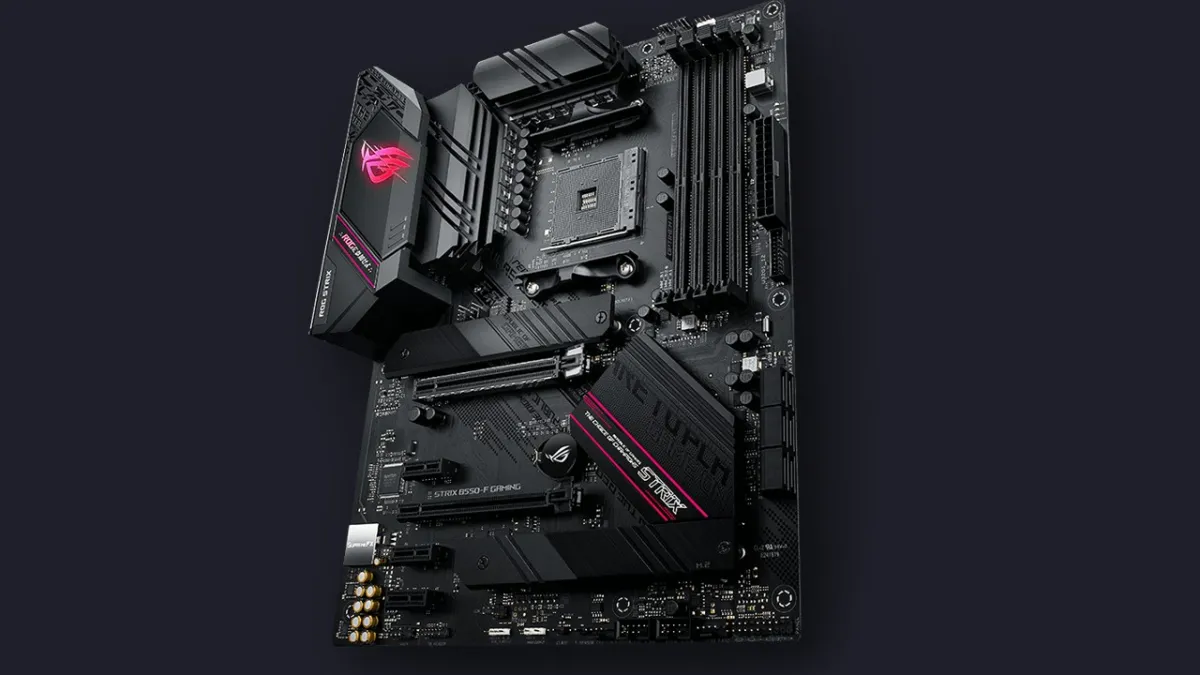Intel thinks that the Arc Alchemist A750 and A770 are able to match up well against Nvidia’s own RTX graphics cards in ray tracing performance. Ryan Shrout and Tom Petersen sat down with PC Gamer to discuss the performance of its upcoming graphics cards, and how the hardware competes with Nvidia and AMD’s own lineup. The discussion mainly centers on the ray tracing performance for the Arc A750 and A770, and this will be one of several factors that consumers will need to consider when choosing a graphic card.
Petersen says that Intel’s Arc A750 and A770 should “fare very, very well” in ray tracing performance when compared to the RTX 3060. This is certainly a confident statement, especially since this is Intel’s first step into advanced graphics. Intel’s statements sound even more impressive considering that Nvidia’s RTX 30 Series features second generation ray tracing cores. By extension, this means that Intel’s cards should offer even better performance than AMD’s current options, which use first generation ray tracing accelerators.
From prior coverage that looked at how Intel’s graphics cards compete with the RTX 3060, we already know that the Arc A750 provides competition for Nvidia. However, we weren’t so sure what to expect for ray tracing performance. In order to see how these cards really fare, we’ll need to wait for independent reviews and analysis come release. But for now, Intel’s showing off some promising aspects of its upcoming lineup.
Intel Arc promises great ray tracing performance
While Intel’s Arc A750 and A770 seem impressive, it’s clear that the company has a lot of work to do. After all, this is its first foray into the graphics card scene, and Intel will have to prove that it’s graphics cards can stand out against Nvidia and AMD’s own offerings. And it’s not just ray tracing that Intel’s developed for gaming. There’s also XeSS, which is Intel’s own take on AI upscaling like Nvidia’s DLSS. From what Intel has shown, XeSS provides plenty of performance benefits that should help to mitigate the performance impact of ray tracing. However, it’s always hard to judge this sort of thing without testing more titles on various PC hardware.
There’s still no exact word on when we can expect to see Intel’s graphics cards. Hopefully, we get a concrete release date sometime soon. It’ll be interesting to see how well Intel’s Arc Alchemist ray tracing hardware stands against its competitors, especially when Nvidia presumably reveals the RTX 40 Series at GTC in September.





